Sounding the alarm.
The sound of the blue whale’s singing has decreased off the coast of California, frightening scientists who believe it is an indication of greater ecosystem danger.
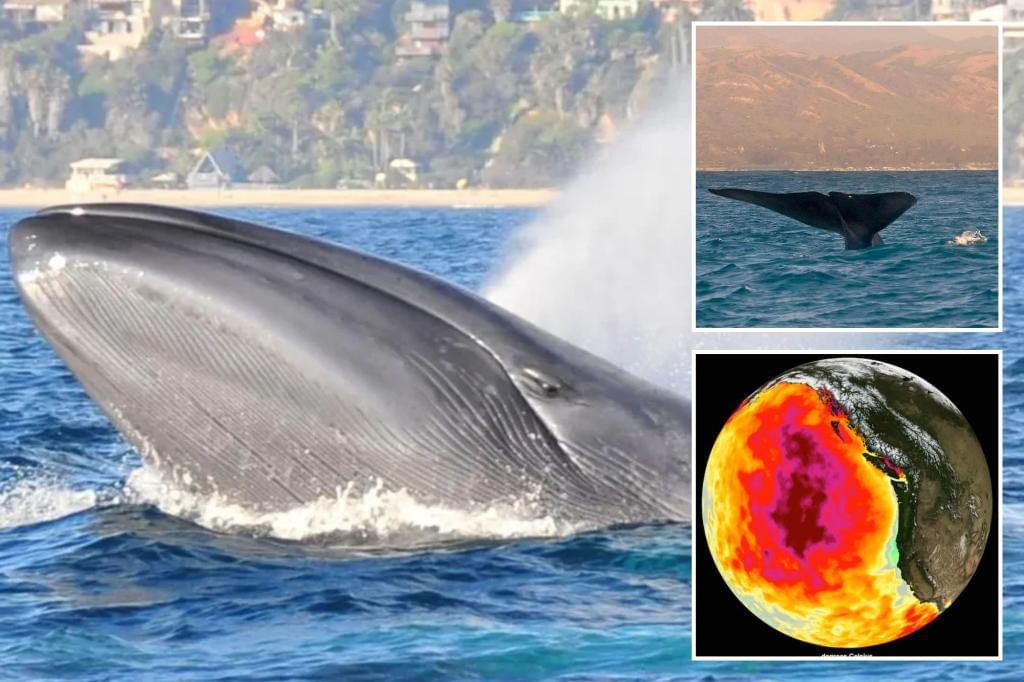
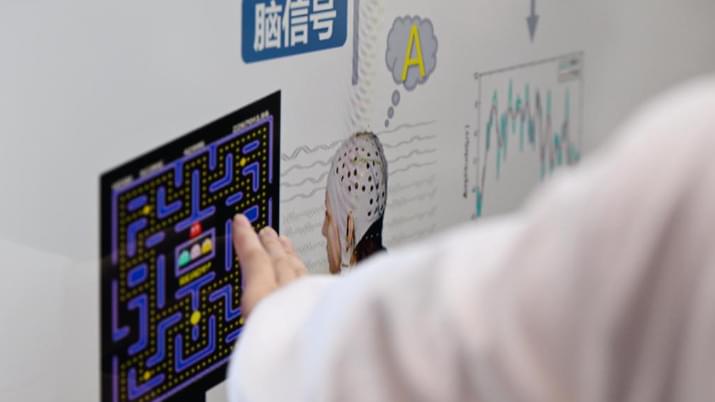
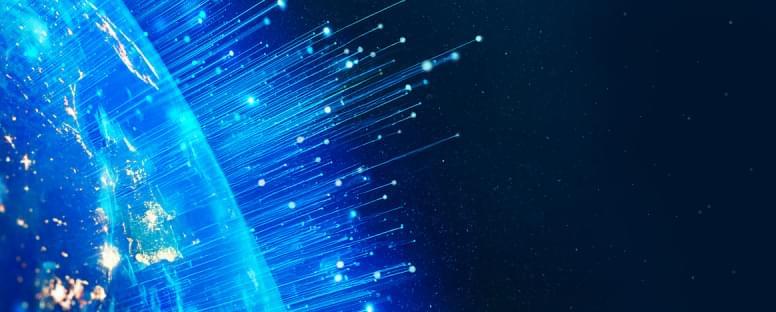
The U.S. National Science Foundation Directorate for Technology, Innovation and Partnerships (NSF TIP) announced an inaugural investment of nearly $32 million to five teams across the U.S. through the NSF Use-Inspired Acceleration of Protein Design (NSF USPRD) initiative. This effort aims to accelerate the translation of artificial intelligence-based approaches to protein design and enable new applications of importance to the U.S. bioeconomy.
“NSF is pleased to bring together experts from both industry and academia to confront and overcome barriers to the widespread adoption of AI-enabled protein design,” said Erwin Gianchandani, NSF assistant director for TIP. “Each of the five awardees will focus on developing novel approaches to translate protein design techniques into practical, market-ready solutions. These efforts aim to unlock new uses for this technology in biomanufacturing, advanced materials, and other critical industries. Simply put, NSF USPRD represents a strategic investment in maintaining American leadership in biotechnology at a time of intense global competition.”
Researchers have made significant progress in predicting the 3D structures of proteins and are now leveraging this knowledge to design proteins with specific, desirable characteristics. These advances have been driven by macromolecular modeling, access to training data, applications of AI and machine learning, and high-throughput methods for protein characterization. The NSF USPRD investment seeks to build on this foundation by bringing together cross-disciplinary and cross-sector experts nationwide. The goal is to extend these advances to enzyme design and accelerate the translation of this work into widespread, real-world applications.
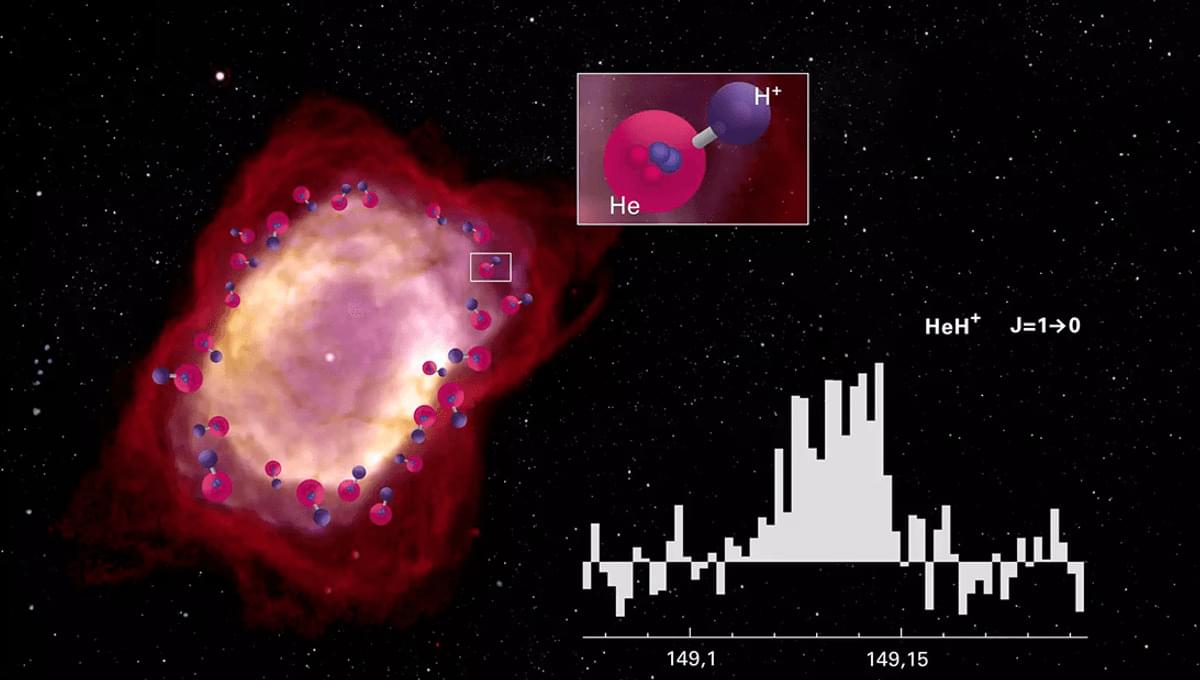
In new experiments, the team attempted to recreate the conditions of the early universe, and test whether HeH+ could provide the cooling needed to form the universe’s first stars. The team bombarded the molecule with deuterium at varying temperatures, simulated by varying the relative speed of the beams of particles. To their surprise, and contrary to previous predictions, the reaction rate did not slow as temperatures significantly decreased.
“Previous theories predicted a significant decrease in the reaction probability at low temperatures, but we were unable to verify this in either the experiment or new theoretical calculations by our colleagues,” Dr Holger Kreckel from the Max-Planck-Institut für Kernphysik (MPIK) explained in a statement. “The reactions of HeH⁺ with neutral hydrogen and deuterium therefore appear to have been far more important for chemistry in the early universe than previously assumed.”
These results could have profound implications for our understanding of the early universe, and may even force a bit of reevaluation.
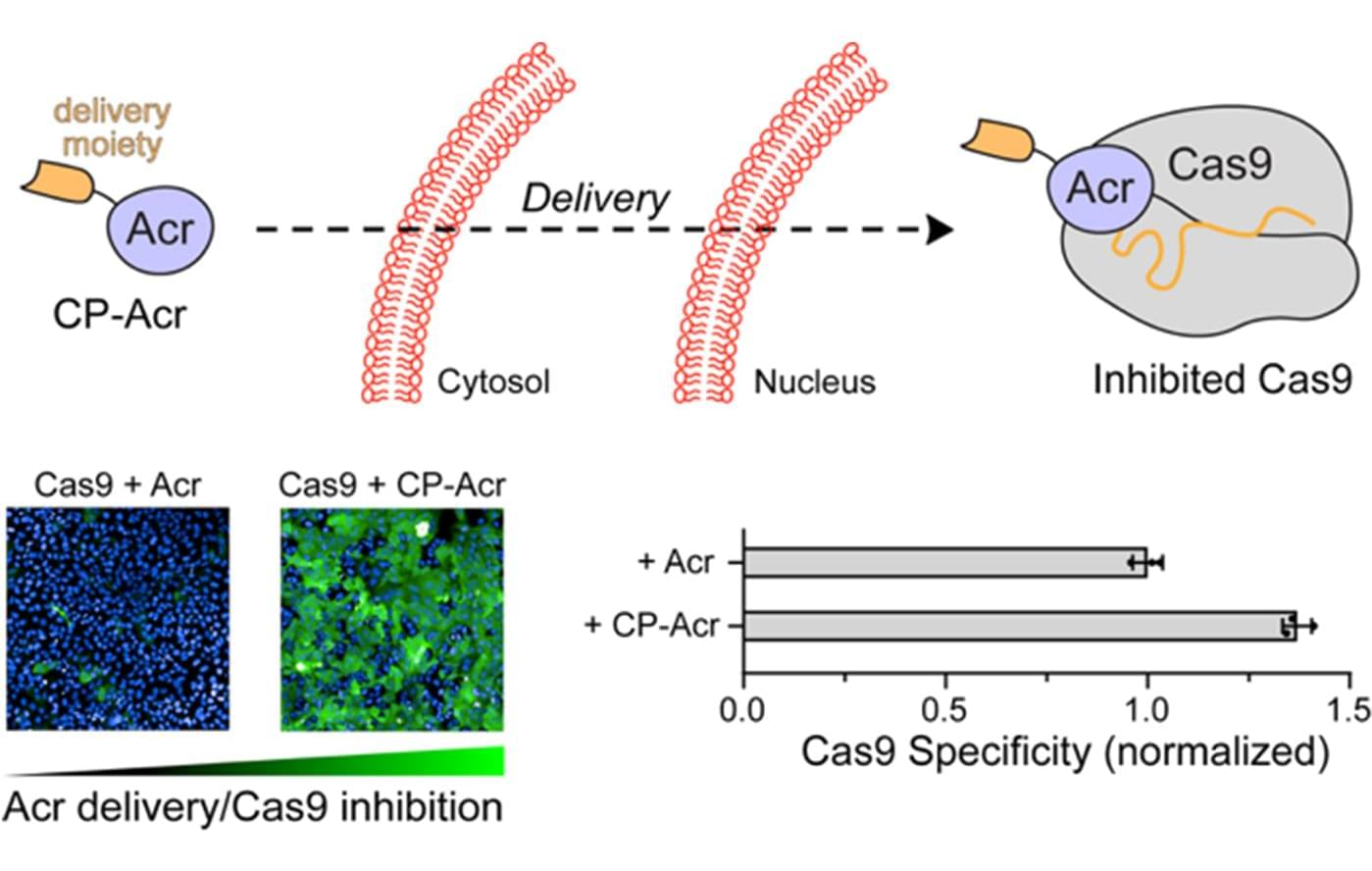
The FDA’s recent approval of the first CRISPR-Cas9–based gene therapy has marked a major milestone in biomedicine, validating genome editing as a promising treatment strategy for disorders like sickle cell disease, muscular dystrophy, and certain cancers.
CRISPR-Cas9, often likened to “molecular scissors,” allows scientists to cut DNA at targeted sites to snip, repair, or replace genes. But despite its power, Cas9 poses a critical safety risk: the active enzyme can linger in cells and cause unintended DNA breaks—so-called off-target effects—which may trigger harmful mutations in healthy genes.
Now, researchers in the labs of Professor Ronald T. Raines (MIT Department of Chemistry) and Professor Amit Choudhary (Harvard Medical School) have engineered a precise way to turn Cas9 off after its job is done—significantly reducing off-target effects and improving the clinical safety of gene editing. Their findings are detailed in a new paper published this week in the Proceedings of the National Academy of Sciences (PNAS).
Researchers used cells that glow green due to a green fluorescent protein (GFP) gene. If Cas9 is working, it disrupts the GFP gene and the cells stop glowing. If LFN-Acr blocks Cas9, the cells keep glowing. These images depict cells in different conditions: some with active Cas9 (which stopped the green glow), some with Cas9 and LFN-Acr (glow stayed on).
Image courtesy of the researchers.
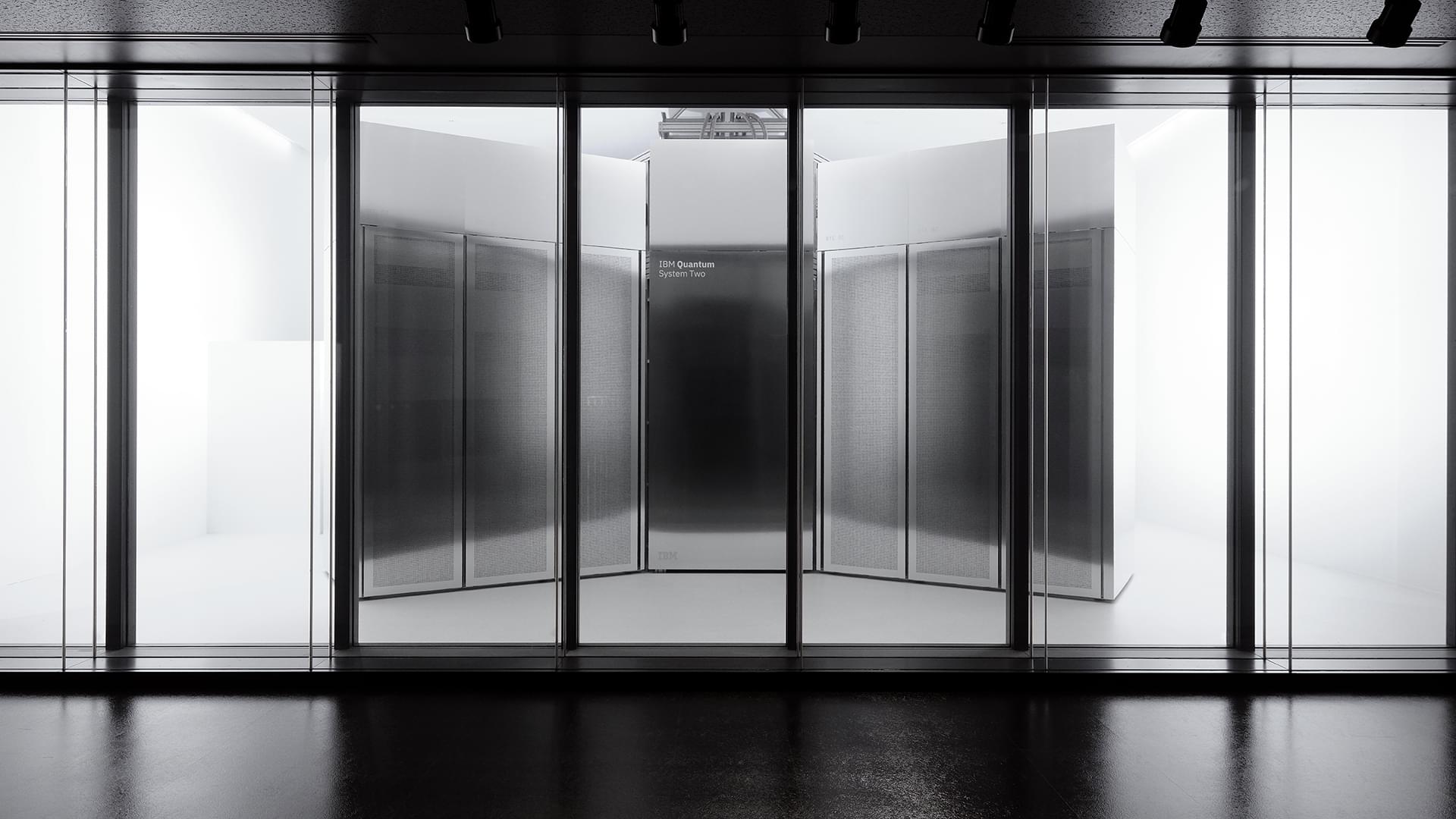
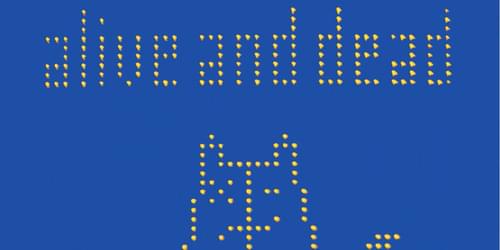
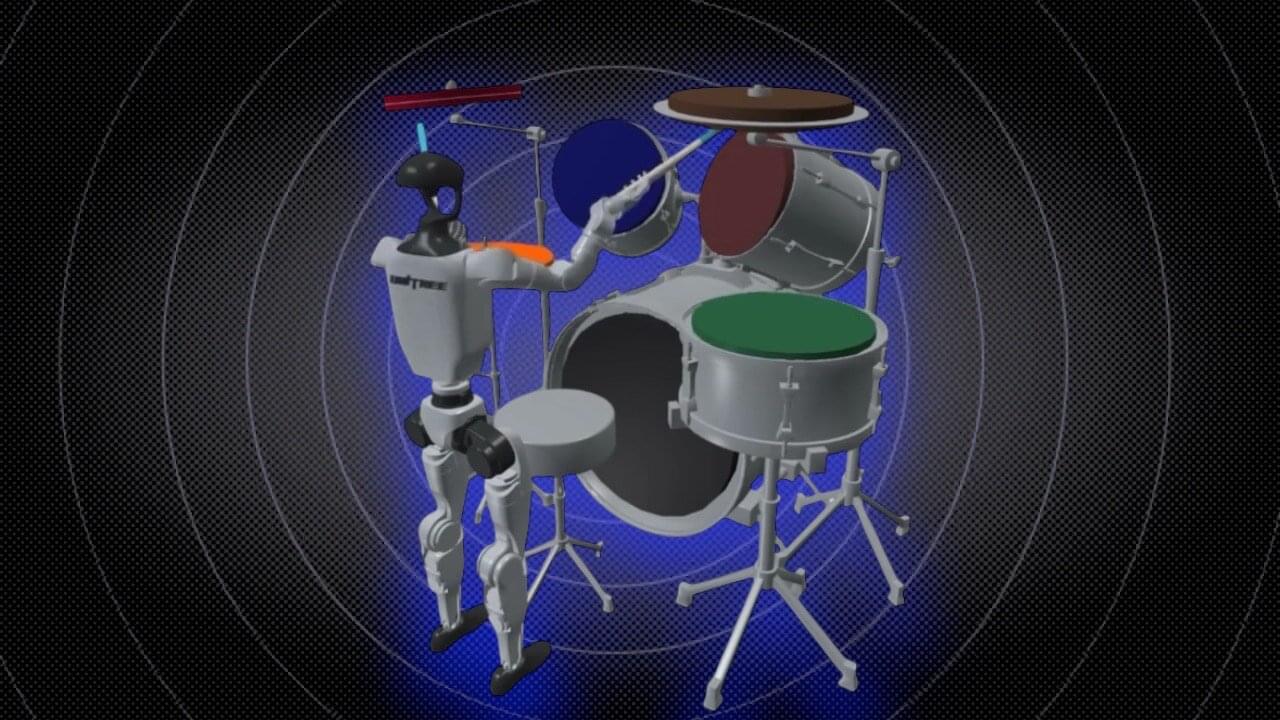
Humanoid robots, robots with a human-like body structure, have so far been primarily tested on manual tasks that entail supporting humans in their daily activities, such as carrying objects, collecting samples in hazardous environments, supporting older adults or acting as physical therapy assistants. In contrast, their potential for completing expressive physical tasks rooted in creative disciplines, such as playing an instrument or participating in performance arts, remains largely unexplored.
Researchers at SUPSI, IDSIA and Politecnico di Milano recently introduced Robot Drummer, a new humanoid robot that can play the drums both accurately and expressively, supported by a reinforcement learning algorithm. This robot, presented in a paper published on the arXiv preprint server, was found to gradually acquire human-like behaviors, including movements that are often performed by drummers.
“The idea for Robot Drummer actually emerged from a spontaneous conversation over coffee with my co-author, Loris Roveda,” Asad Ali Shahid, first author of the paper, told Tech Xplore. “We were discussing how humanoid robots have become increasingly capable at a wide range of tasks, but rarely engage in creative and expressive domains. That raised a fascinating question: what if a humanoid robot could take on a creative role, like performing music? Drumming seemed like a perfect frontier, as it’s rhythmic, physical, and requires rapid coordination across limbs.”

The human brain builds mental representations of the world based on the signals and information detected via the human senses. While we perceive simultaneously occurring sensory stimuli as being synchronized, the generation and transmission speeds of individual sensory signals can vary greatly.
Researchers at the Institute of Molecular and Clinical Ophthalmology Basel (IOB), University of Basel and Eidgenossische Technische Hochschule (ETH) Zurich recently carried out a study aimed at better understanding how the human visual system achieves this synchronization, regardless of the speed at which visual signals travel. Their paper, published in Nature Neuroscience, reports a previously unknown mechanism through which the retina synchronizes the arrival times of different visual signals.
“We can see because photoreceptors in the retina at the back of our eyes detect light and encode information about the visual world in the form of electrical signals,” Felix Franke and Annalisa Bucci, senior author and first author of the paper, respectively, told Medical Xpress.
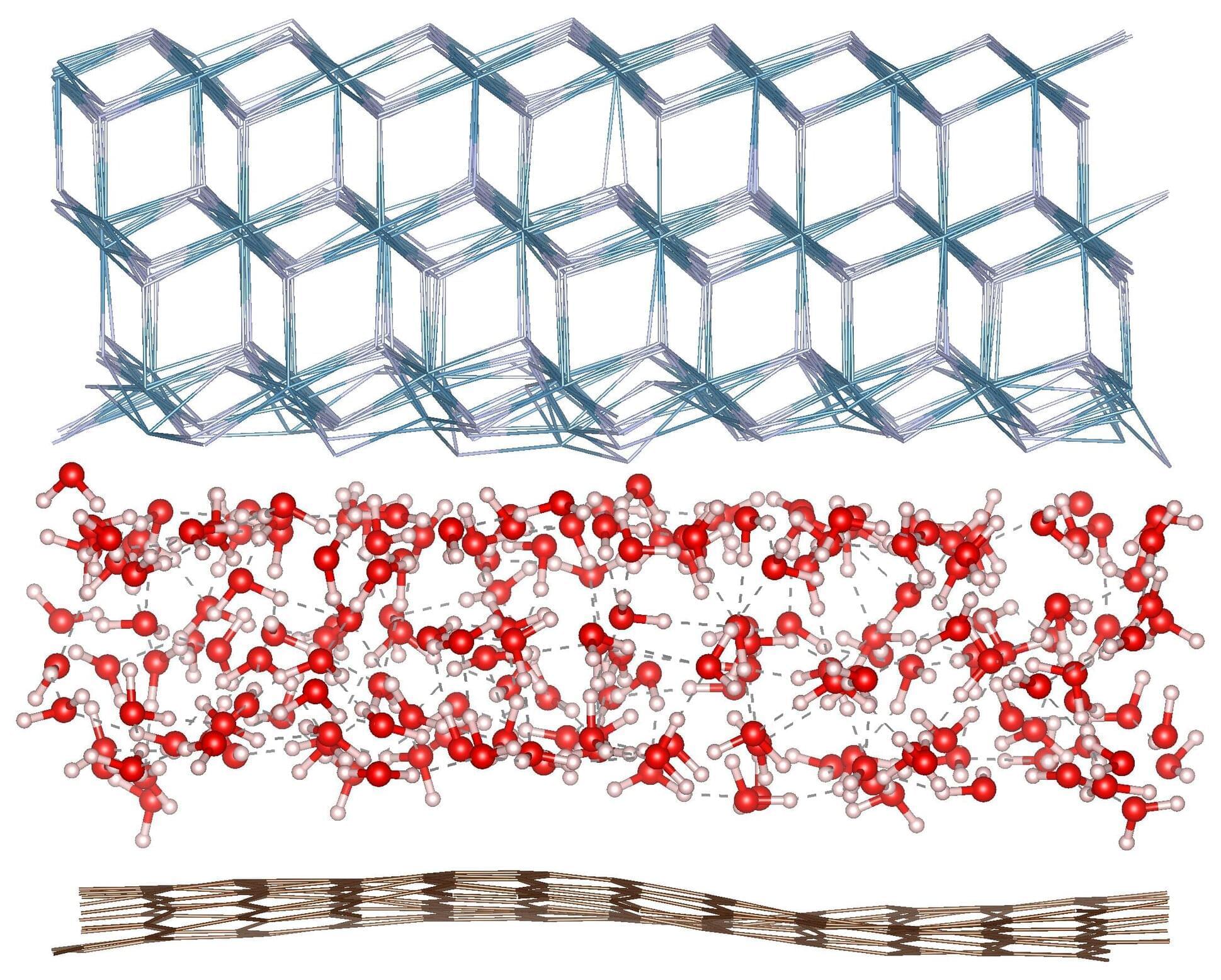
Researchers at the Max Planck Institute for Polymer Research have upended assumptions about how water behaves when squeezed into atom-scale spaces. By applying spectroscopic tools together with the machine learning simulation technique to water confined in a space of only a few molecules thick, the team, led by Mischa Bonn, found that water’s structure remains strikingly “normal” until confined to below a nanometer, far thinner than previously believed.
The research, “Interfaces Govern the Structure of Angstrom-Scale Confined Water Solutions,” was published in Nature Communications.
Peering into the structure of a layer of water molecules that is only a few molecules thick is a formidable scientific challenge. The team fabricated a nanoscale capillary device by trapping water between a single layer of graphene and a calcium fluoride (CaF₂) substrate. They then wielded cutting-edge vibrational surface-specific spectroscopy—capable of detecting the microscopic structure of confined water, including the orientation and hydrogen-bonding of water molecules—to “see” the elusive few layers of water.